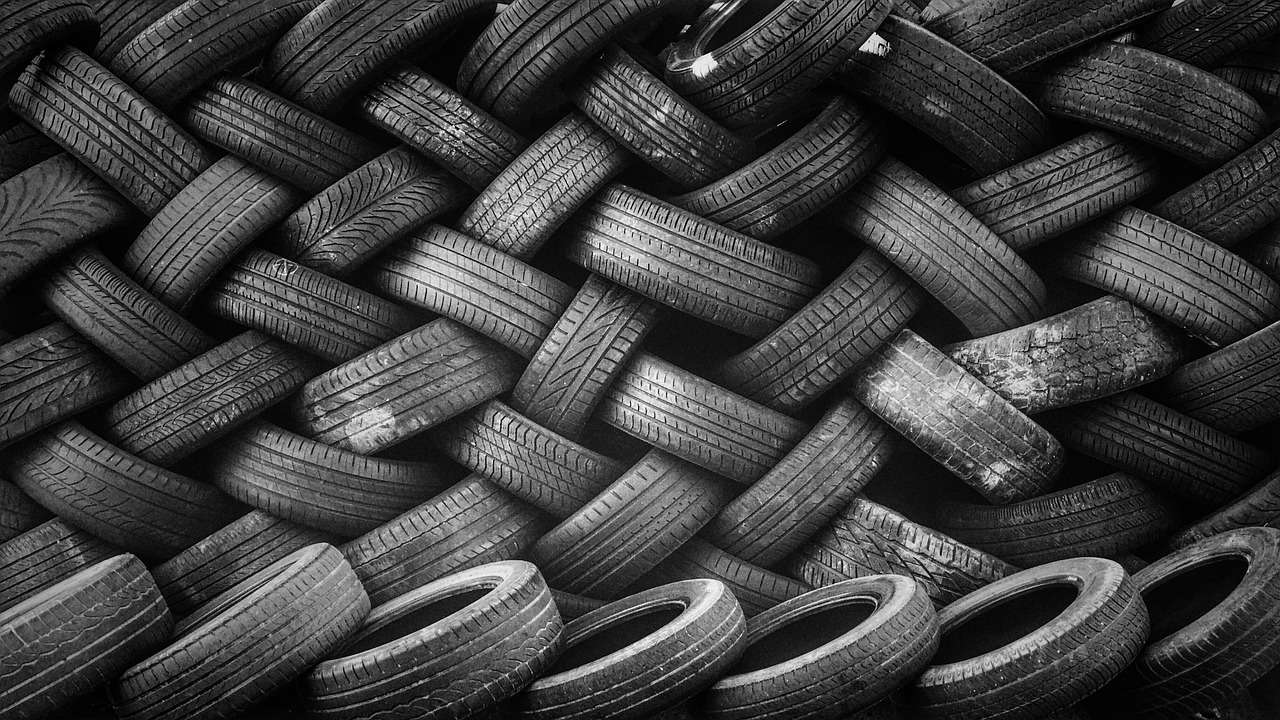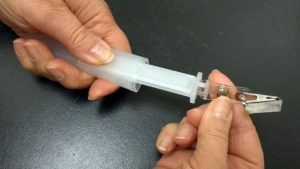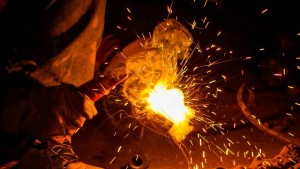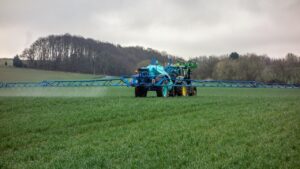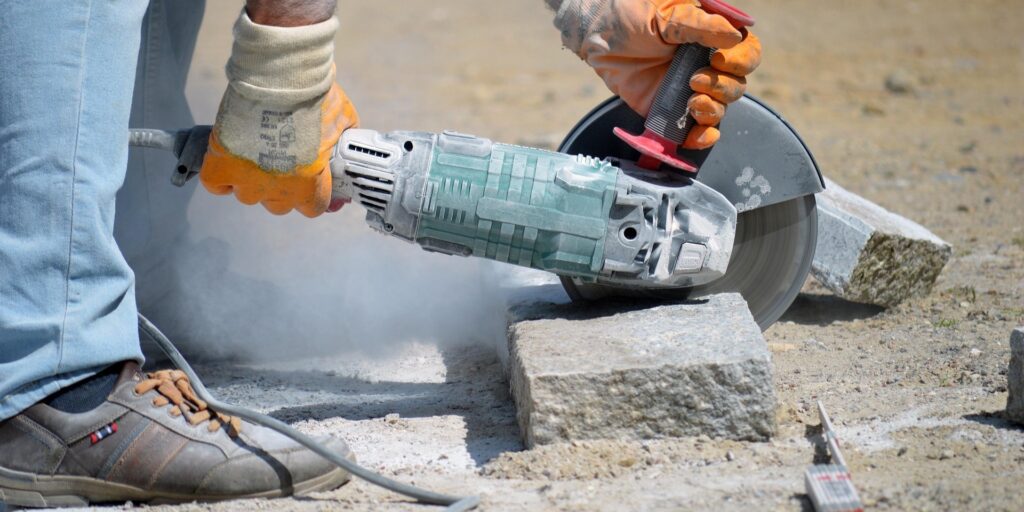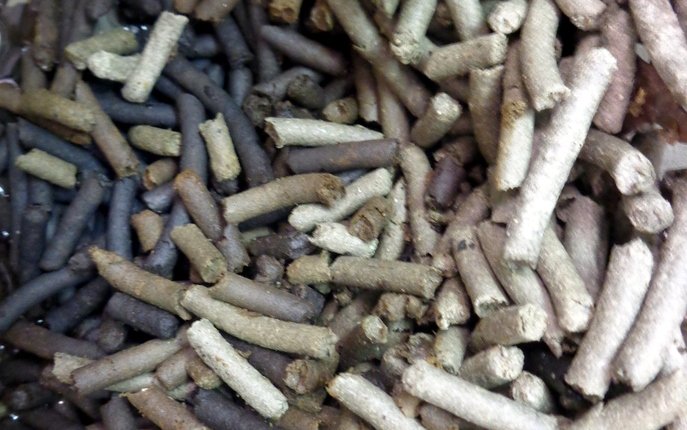Rubber dust and fumes, by-products of rubber manufacturing and processing, can pose significant health risks to workers. LCS Laboratory Inc. offers specialized testing services to assess occupational exposure to these hazardous substances, ensuring a safer workplace and informed compliance with safety standards.
Industries such as automotive, construction, and healthcare often rely on rubber products. However, processes like manufacturing, handling, and disposal can release rubber dust and fumes into the air. These airborne contaminants may lead to acute or chronic respiratory issues, including asthma, chronic obstructive pulmonary disease (COPD), and even cancer. Our testing service is designed to help industrial hygienists and safety professionals identify, evaluate, and mitigate exposure risks.
Technical Details of Our Service
LCS Laboratory Inc., based in London, Ontario, employs the UK Health and Safety Executive (HSE) method MDHS 47/3 for the analysis of rubber dust and fumes. Key aspects of our testing process include:
- Sampling Equipment: Pre-weighted IOM cassettes.
- Sampling Conditions: Air samples collected at a flow rate of 2 L/min over a 7–8 hour period, replicating a full work shift.
- Analysis Results: Each sample is analysed to provide two critical metrics:
- Inhalable Rubber Dust Concentration
- Rubber Fume Concentration
While rubber dust and fumes lack specific regulatory limits in Canada and the U.S., international benchmarks offer valuable guidance. For example, the UK’s Workplace Exposure Limits (WELs) are set at 6 mg/m³ for rubber process dust and 0.6 mg/m³ for rubber fumes, both as 8-hour time-weighted averages.
Why Choose a Canadian Laboratory for Your Testing Needs?
Partnering with a Canadian testing laboratory like LCS Laboratory Inc. provides several advantages:
- Faster Turnaround Times: Our Ontario-based facility eliminates the delays associated with cross-border shipping and customs.
- Local Expertise: We understand the unique challenges of Canadian industries and can provide tailored guidance aligned with national health and safety practices.
- Regulatory Insights: While Canadian standards for rubber dust and fumes are not yet established, our familiarity with international benchmarks equips you with actionable data for proactive risk management.
- Support for Canadian Safety Professionals: Collaborate with a local partner who shares your commitment to worker health and safety.
Contact Us Today
Ensure your workplace is free from hazardous exposure to rubber dust and fumes. Email us to discuss your testing needs, arrange air sampling, or inquire about our services. At LCS Laboratory Inc., your workers’ health and safety is our priority.

